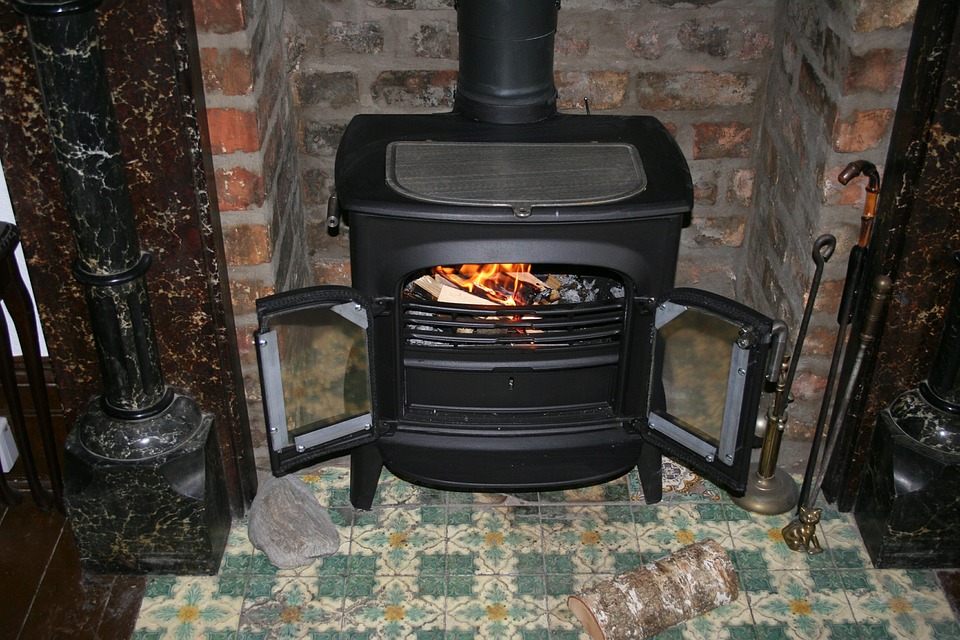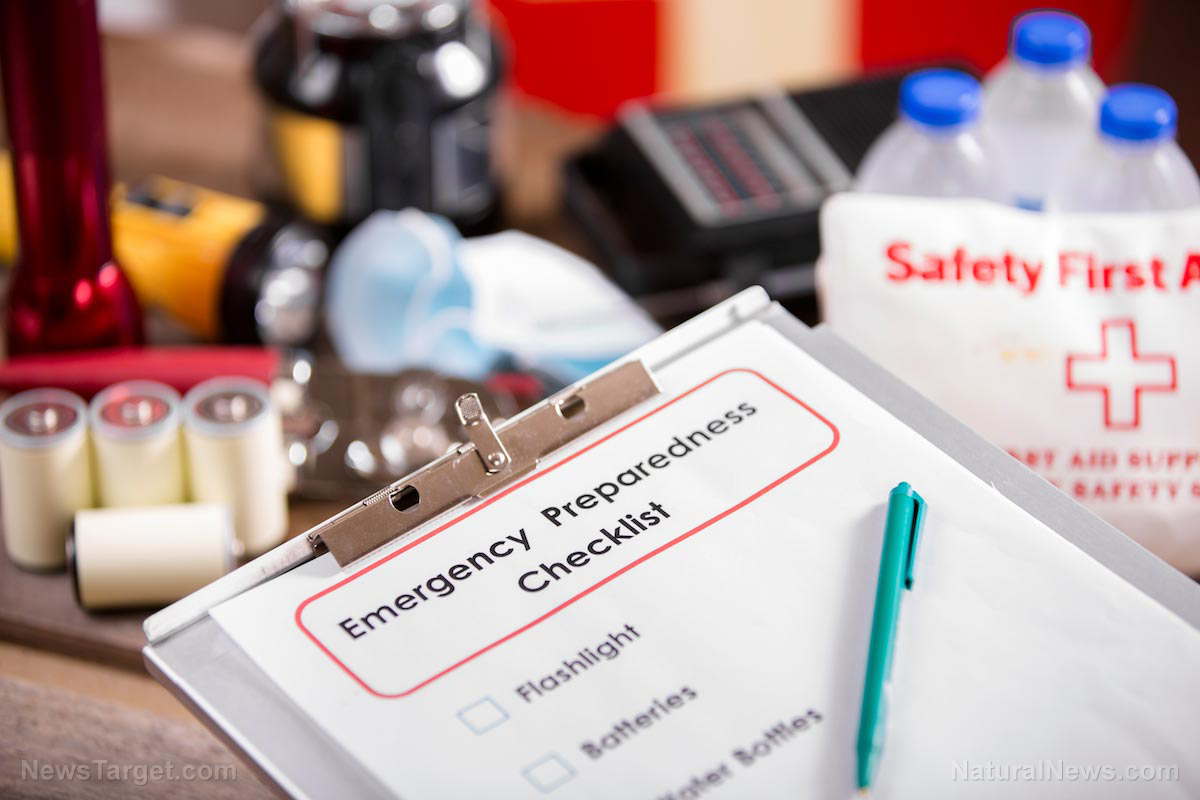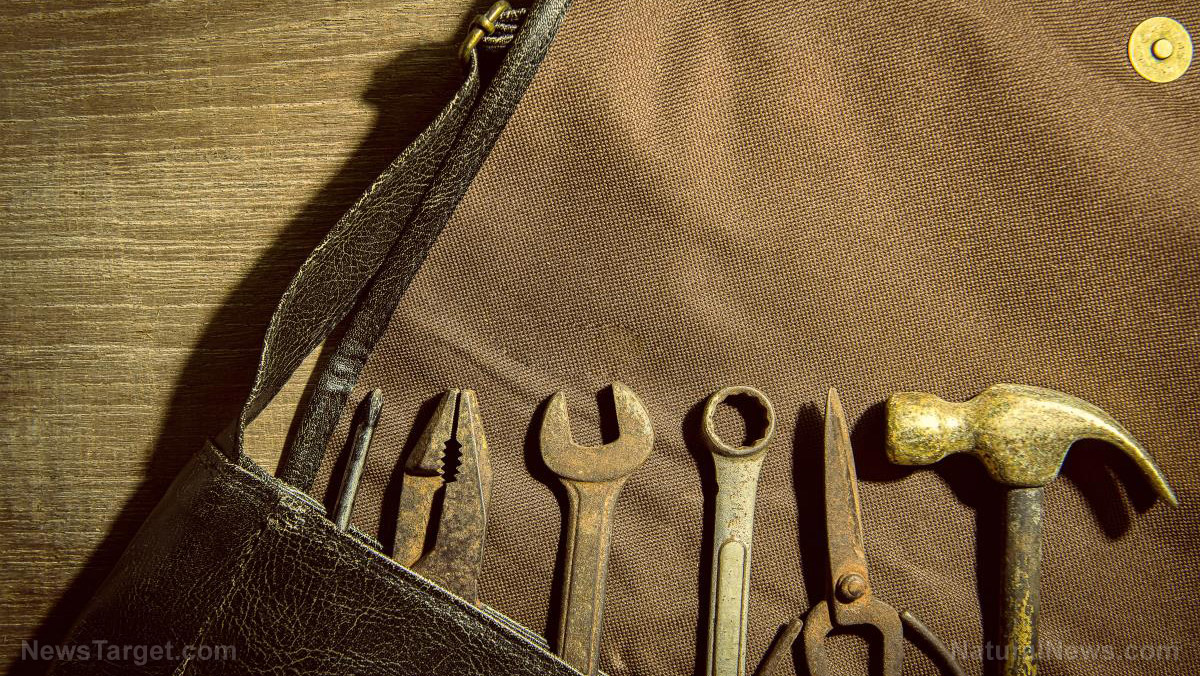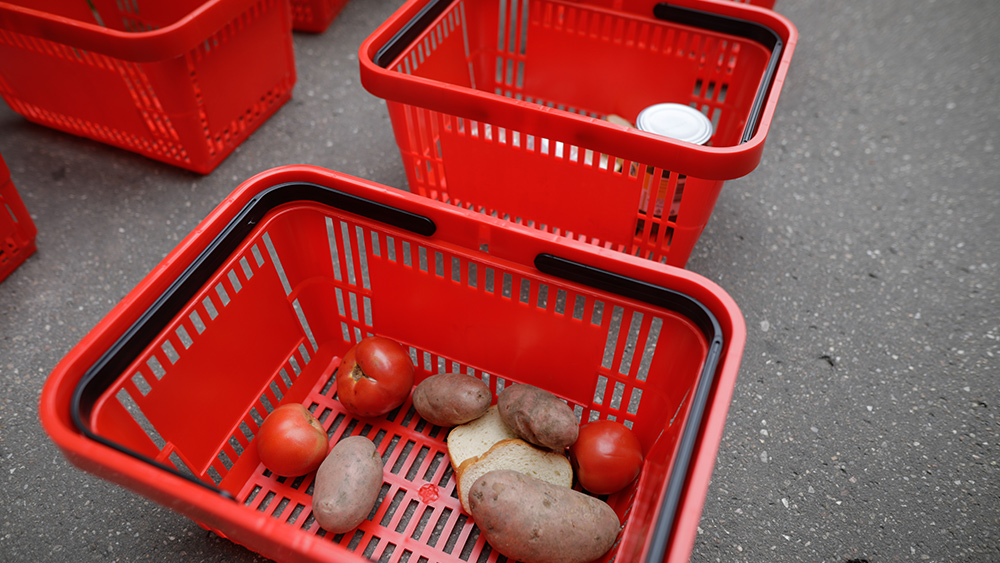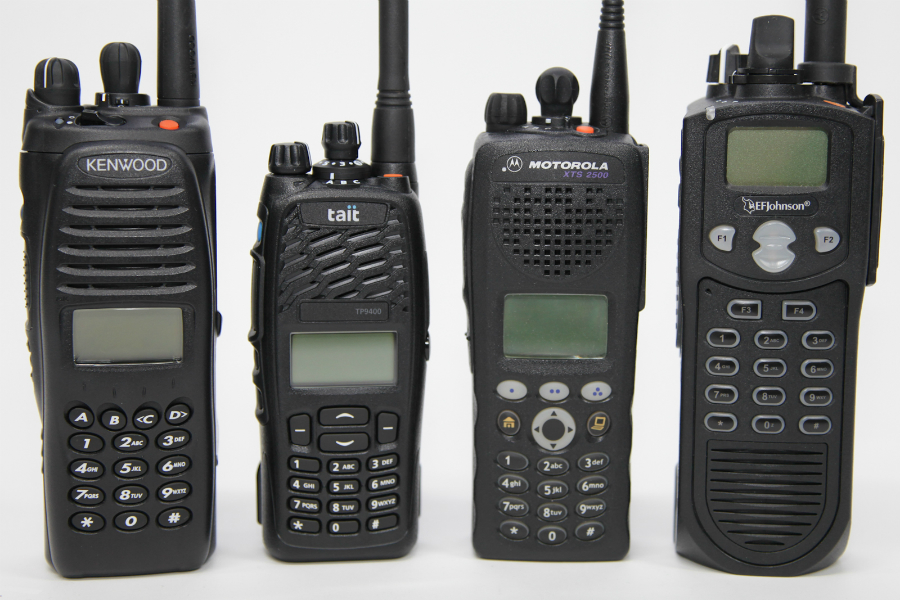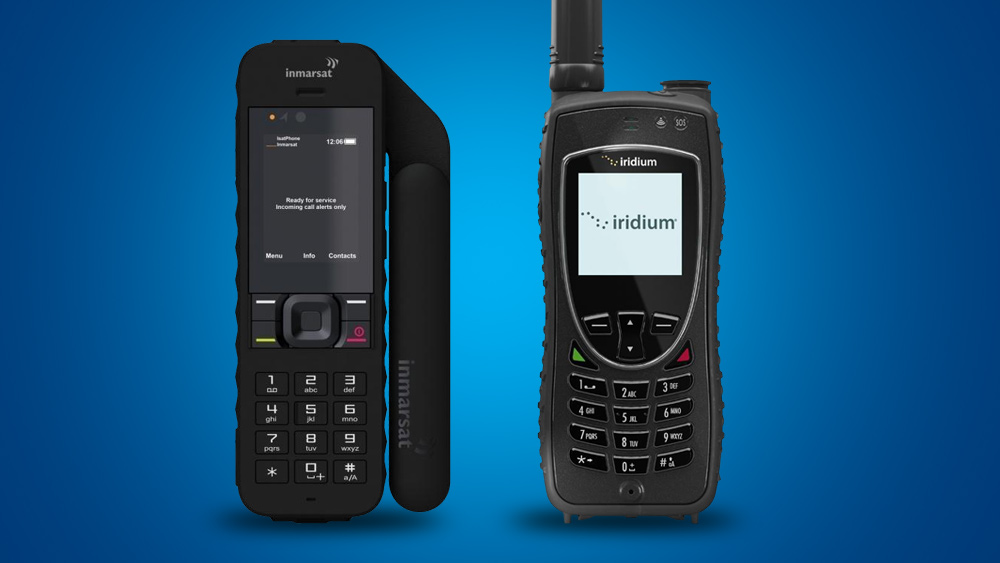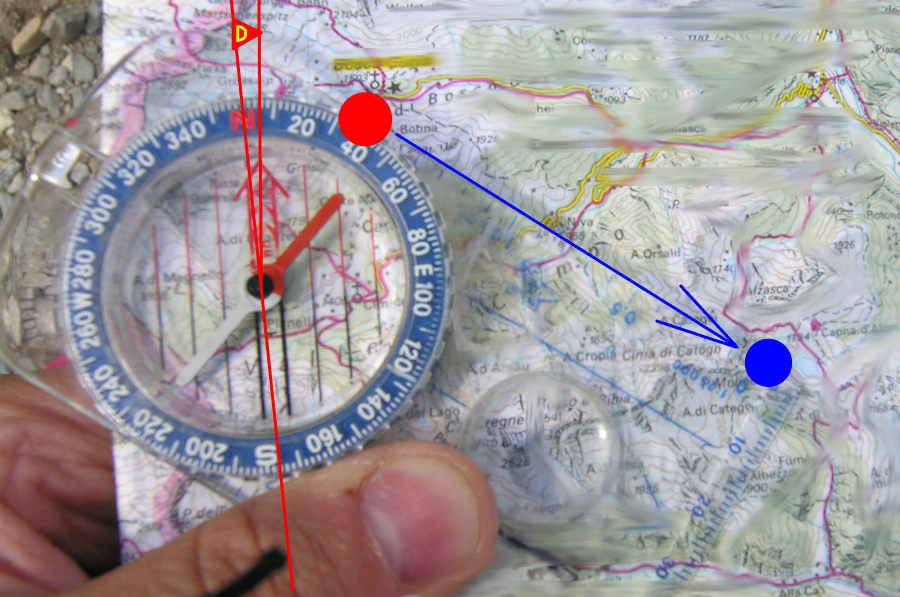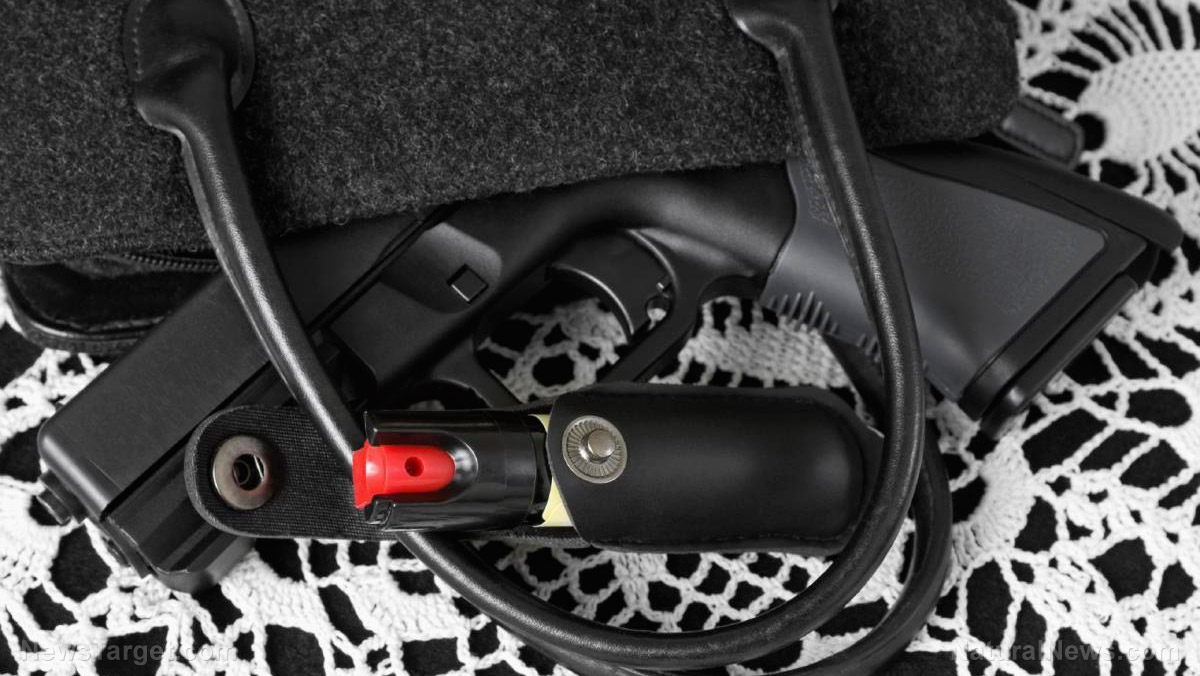Lock and load: 7 things new gun owners must do after getting their first gun
07/09/2020 / By Arsenio Toledo
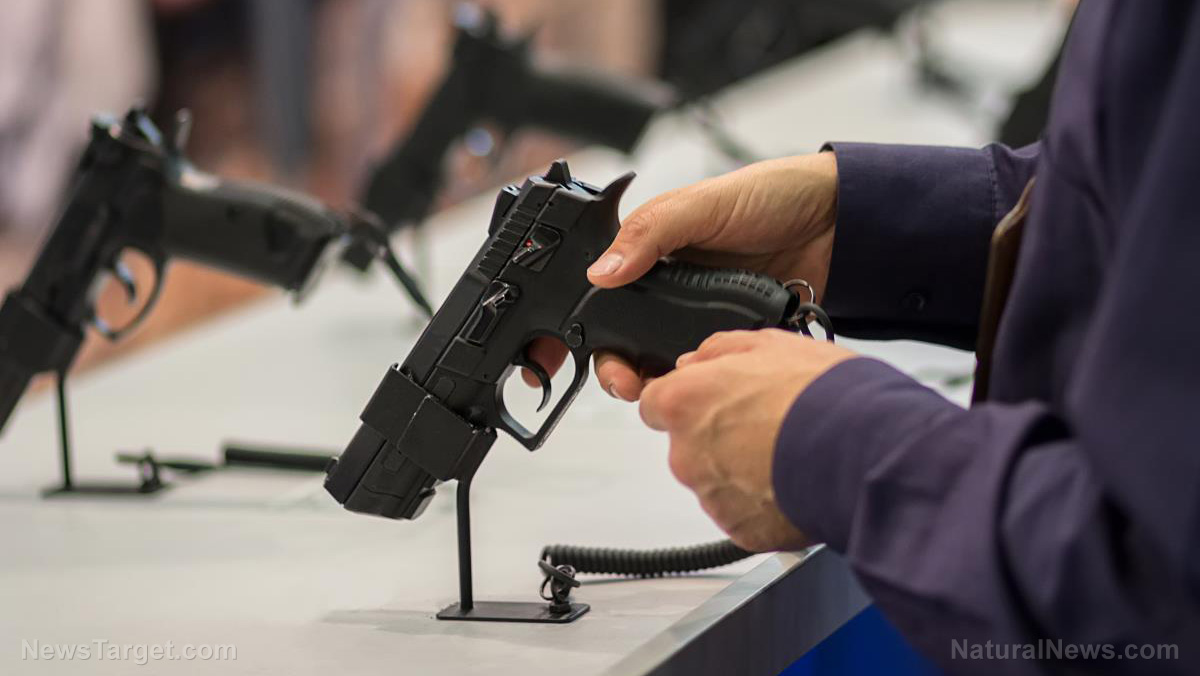
If you’re a new gun owner, acquiring your first firearm is an immense responsibility. As with any responsible gun owner, you have done your research and chosen the perfect firearm for your needs with great care. But now that you have your first gun, the responsibilities aren’t over, as there are several more items that you need to cross off your checklist. Here are the seven things you need to do after acquiring your gun. (h/t to SurvivalSullivan.com)
Conduct your initial inspection of the firearm
As soon as you get your hands on your new firearm, you need to conduct a proper inspection. Guns don’t come out of the assembly line clean, and chances are when you buy them at your local gun store, they might not even be lubricated.
Once you disassemble your firearm, clean it and make sure to get rid of any extraneous grease or other obstructions in the gun barrel’s interior. If you see any defects, such as cracks and chips, bulges, cavities or irregularities in the parts, contact the seller or the manufacturer immediately.
After you’ve cleaned and properly oiled your firearm, give it a function check to make sure everything works.
Acquire a secure storage solution
Next, you need to make sure you have a place you can safely store your firearm when it’s not in use. None of your children, friends or family members should ever accidentally stumble across your firearm. And you especially don’t want any thief to be able to steal your gun.
What you need for this is any kind of lockbox or safe that can store your firearm, your ammunition and any other gear you have for your new gun. You can ask around in your neighborhood, or look up the best safes online and get something you can afford and can meet your storage needs.
Buy ammo solutions
Your firearm won’t be useful if you cannot keep it loaded and firing. The process of reloading a firearm can take far too long if you don’t have the right gear for it. This is why it’s a good idea for new gun owners to purchase several more ammo solutions for their reloading needs.
These ammo solutions include speedloaders for revolvers, stripper clips for rifles, shell caddies for shotguns and, of course, magazines for pistols and semi-automatic rifles of all kinds.
Having several extra magazines or speedloaders around will help you during your practice sessions as you perform reload drills.
Buy support gear
To properly use your new gun, you need specialized equipment to help you carry and deploy your firearm efficiently. For this, you will need either a holster for handguns or some kind of sling for any longer firearm. Be sure to purchase one immediately, especially if you plan on open carrying your weapon.
Your holster or sling needs to be able to hold your firearm, lower your risk of an accidental discharge, prevent theft or loss and provide you with quick access to your gun. (Related: Self-defense 101: Concealed carry tips for newbie preppers.)
Test fire your firearm
Now that you have cleaned your gun and have plenty of speedloaders or magazines and support equipment for it, now is the time to test fire your new gun. Head over to your gun range and test fire your new weapon to make sure it’s the right gun for you to defend yourself with. You will never know until you unload several dozen rounds.
At minimum, you should fire your gun at least 100 times before you can consider your gun to be in good working order. You should also test fire your gun using the ammunition you plan to use to defend yourself with. No matter how premium your defensive ammunition is, you need to use it to make sure your gun can reliably discharge it.
Personalize your firearm
After you get a feel for how your gun operates, it’s time to personalize it to meet your specific needs. This means getting a different grip if the one you have is too thick or too slippery, buying a telescopic sight if you need help acquiring your targets from a distance or polishing the inside of your trigger guard because it’s hurting your finger.
Don’t get hung up on keeping your gun in the same state it was when it was manufactured. Your new firearm is your main tool for self defense. It needs to meet every single one of your needs, and this process may require upgrading your new gun.
Practice, practice, practice
Now that you’ve got the basics down pat, you need to expand your firearms knowledge. Do your research about how to improve your firearms skills and sign up for professional training classes taught by veteran shooters. This will not only help you learn more about defending yourself, but constantly putting yourself through practice sessions keeps your edge sharp, which helps you maintain your level of preparedness against possible threats to your life and property.
Learn more about what your new firearm needs to be an effective self defense instrument at Guns.news.
Sources include:
Submit a correction >>
Tagged Under:
ammunition, firearms, Gear, gun safety, gun tips, guns, handguns, personal defense, preparedness, prepper, prepping, rifles, self-defense, survival, survival gear, survivalist
This article may contain statements that reflect the opinion of the author
RECENT NEWS & ARTICLES
COPYRIGHT © 2018 SURVIVALGEAR.NEWS
All content posted on this site is protected under Free Speech. SurvivalGear.news is not responsible for content written by contributing authors. The information on this site is provided for educational and entertainment purposes only. It is not intended as a substitute for professional advice of any kind. SurvivalGear.news assumes no responsibility for the use or misuse of this material. All trademarks, registered trademarks and service marks mentioned on this site are the property of their respective owners.








